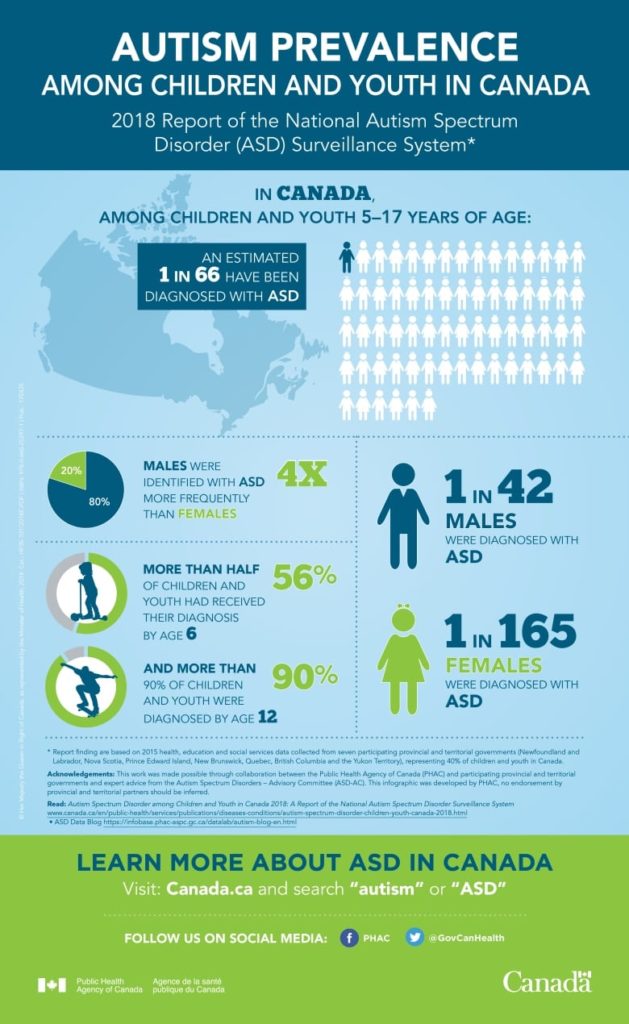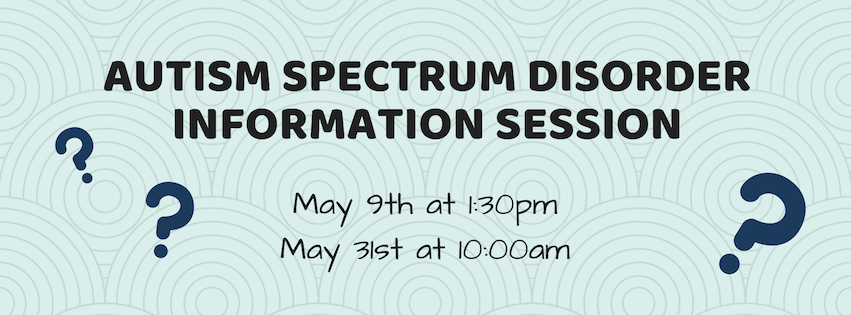Did you know that 82% of kids live with a sibling (1), and about 75% of 70-year-olds have a living sibling (2)? For those of us who have brothers or sisters, our relationships with them will likely be the longest of our life.
While many siblings become the best of friends, it’s common for brothers and sisters to fight. Sibling rivalry often starts even before the second child is born, and continues as they grow. Certainly a household full of conflict is stressful for everybody. Yet it can be very difficult to figure out how to make it stop and bring peace?

This month’s information sessions at Creating Together were about “Sibling Rivalry”. Parents and caregivers came to receive some information and tips on how to understand and cope with this common, vexing challenge. Below is some information and resources that we reviewed, to support you moving forward.
Signs of Sibling Rivalry
Children under 9 years of age may show these signs:
- Fighting (verbal or physical attacks)
- Frustration
- Demanding attention
- “Tattling”
- Regressive acts such as bed-wetting, baby talk, thumb sucking, temper tantrums
Reactions to a new baby
A common cause of sibling rivalry is a new baby in the family. When the baby comes home, other children may:
- Show anger toward the baby (hitting, kicking, punching, biting)
- Ask for the baby to go back in mother’s tummy or back to the hospital
- Demand more attention when the parent is with the baby
Ways to help your child adjust to a new baby
- Remind each child often that he or she is loved. Let your children know you respect all their feelings, even the angry thoughts.
- Involve your children in getting ready for the new baby to come home.
- Tell older children early about your pregnancy to give them more time to prepare.
- If an older child has to move to a new room, make the move early.
- Let the older child “help” with baby’s care and be sure to give lots of praise (Picture 2). But, never leave the baby alone with a toddler.
- Try to work with a toddler on new skills such as toilet training, before the new baby is born. If this cannot be done, wait a few months after the baby’s birth.
- If possible, space your children 2 to 3 years apart.
- If children continue to have problems adjusting, think about getting professional counseling.
What to Do
Sibling rivalry is not all bad. In fact, it can be helpful because it can teach children how to solve problems. Parents should not get too involved in their children’s arguments. Parents cannot force children to get along but they can teach them problem-solving skills and cooperation.
Ways to help your child adjust to a new baby
- Remind each child often that he or she is loved. Let your children know you respect all their feelings, even the angry thoughts.
- Involve your children in getting ready for the new baby to come home.
- Tell older children early about your pregnancy to give them more time to prepare.
- If an older child has to move to a new room, make the move early.
- Let the older child “help” with baby’s care and be sure to give lots of praise (Picture 2). But, never leave the baby alone with a toddler.
- Try to work with a toddler on new skills such as toilet training, before the new baby is born. If this cannot be done, wait a few months after the baby’s birth.
- If possible, space your children 2 to 3 years apart.
- If children continue to have problems adjusting, think about getting professional counseling.
Ways to manage sibling rivalry
- Be a role model to teach your child positive problem-solving skills.
- Do not criticize if your child starts acting like a baby again. This will pass as he gets older and begins to accept the new baby.
- Praise your children to build their self-confidence.
- Listen to your children’s needs.
- Spend time with your children to reassure them that they are loved.
- Avoid situations that may lead to jealousy.
- Do not “play favorites.” Be fair and consistent.
- Do not compare one child to another.
- If the arguing or “acting out” gets to be too much, give yourself a “time out” and get away from the situation.
You’re Not Alone
Don’t forget, you’re not alone. If you need any additional resources or would like to some tips, please speak with one of our staff members at Creating Together and we’d be happy to help.
The Studies
- McHale et al., “Sibling Relationships and Influences in Childhood and Adolescence” (Journal of Marriage and Family, Oct. 2012
- Richard A. Settersten Jr., ”Social Relationships in the New Demographic Regime” (Advances in Life Course Research, 2007)



